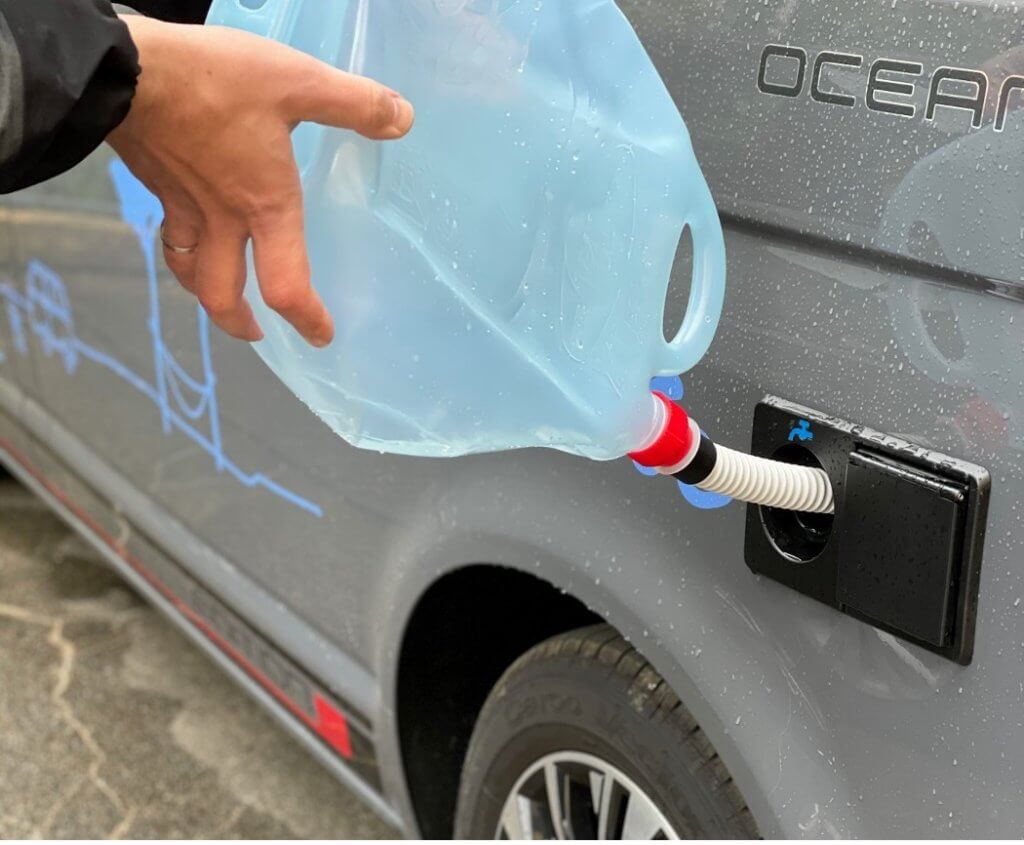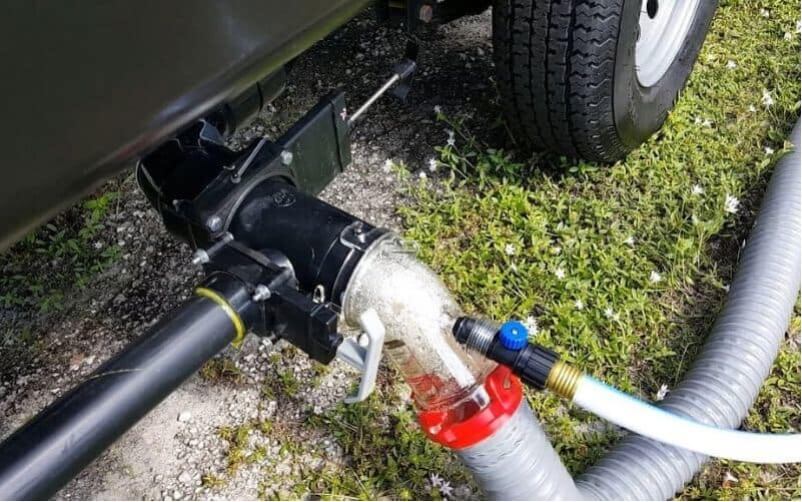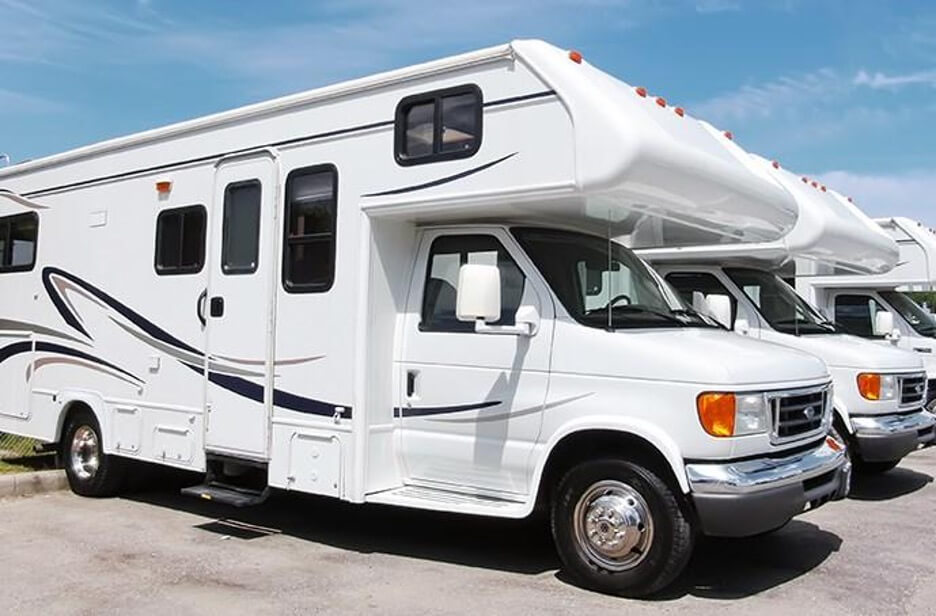When you are living in an RV, you are essentially living in motion with half the space and a quarter of the facilities that are so readily available for people with conventional homes. Therefore, you must ensure everything is stocked and fresh, especially when traveling long distances or camp out in locations with limited resources. The first thing that you must take care of in such cases is water.
Especially fresh water that you will drink and use for cooking and washing. This potable water is stored in the freshwater tank of your RV water system and must be stocked and refilled at proper intervals. Therefore, you must know how to keep drinking water fresh in an RV tank.
How Long Does the Water in an RV Tank Stay Fresh
Usually, the water stored in the freshwater tank of your RV stays fresh for about two weeks. It may remain fresh for longer than two weeks, but that is the case only if all factors are in your favor. However, if you are camped out in your RV, it is more than likely that the water in your RV tank may go bad before hitting the two-week mark. This happens because of the following reasons:
- Using a bad-quality, non-municipal source for your freshwater
- Using an unclean hose to transfer the water
- Not sanitizing and flushing the water tank regularly
- High temperatures
Therefore, knowing how to keep the drinking water fresh in a tank is extremely important for anyone who wishes to avoid these totally preventable but serious problems in their RV lives.
Why Should You Follow the Two-week Rule to Keep Drinking Water in a Tank Fresh
If you are living in an RV, it is the healthiest option to replenish the drinking water in your RV tank after two weeks. After all, it is true that water does go bad. Being stored in a plastic tank for so long may lead the water to get contaminated and acquire a slight plastic flavor.
In worse cases, it could grow mold, mildew, algae, or bacteria. Drinking this water may lead to serious health issues- which is not a risk worth taking. So, following the two-week rule to keep the drinking water in a tank fresh affects your health quite directly.
What Are the Signs that the Water in Your RV Tank is No Longer Fresh
Here are some signs that you can watch out for to check if the drinking water in your RV tank is no longer fresh.
- The water smells bad.
- The water tastes bad.
- The water has a greenish or yellowish color.
- The water lines in your RV water system get clogged more often.
How to Keep Drinking Water Fresh in a Tank
Apart from minding the things mentioned above, it is also very important to know how to keep the water in an RV tank fresh. After all, when you are in an RV, there may be cases in which you have no option but to do so. Say you have two back-to-back planned trips, or the next RV park is far away. In such cases, you must find ways to keep the drinking water in the freshwater tank of your RV fresh.
Read the following steps to know how to keep drinking water fresh in a tank for a long time:
1. Sanitize Your Freshwater Tank

When living in an RV, it is extremely important to properly sanitize your water system frequently and regularly. After all, a clean water tank ensures that the water you store in it remains clean as well. The best way to clean a freshwater tank in an RV is to properly sanitize it using a bleach solution. The step-by-step process of sanitizing your freshwater tank is given below:
- Prepare a bleach solution by mixing bleach with water.
- Put the bleach solution in the tank and add water.
- Turn on all the water lines in your RV, and keep the faucets running until you smell bleach.
- Let the bleach solution sit in your water tank for 8 to 12 hours.
- Then fill the tank with water again and flush out the water until the smell of the bleach is gone.
- Fill the tank with water and flush it out a few more times to make sure your tank gets a thorough cleaning.
After this, your freshwater tank is ready to be filled with drinking water again.
2. Use A Good-Quality and Clean Water Hose

The cleanliness of a hose determines the quality of the water that passes through it. Therefore, it is essential that you use a white, food-grade hose that fits the valves of the freshwater tank so that the water that enters the tank is not polluted in any way. In addition, the hose must be cleaned regularly to ensure there are no impurities that are being transferred to the water that you will drink or use for cooking.
3. Use A Good-Quality Water Source

Keeping the drinking water in your RV tank fresh also depends on the water source that you choose. You should make sure to use verified municipal sources for filling up your RV tank with fresh water. Filling your water tank with water from non-municipal sources may lead to contamination of the pipes and holding tank because of higher iron contents. In addition, the water may not be fresh.
4. Flush Out Your Entire RV Water System

The RV water system is made up of three tanks- the freshwater tank, the gray water tank, and the black water tank. The purposes of these tanks may be distinctly different from one another, but it is important that all these tanks are cleaned and sanitized, and flushed out regularly to ensure the overall maintenance of water health within the RV water system.
Keep the Drinking Water in Your RV Tank Fresh
To wrap up, you can keep the fresh water in your RV tank for two weeks, and to know how to keep drinking water fresh in a tank is basically knowing how and how often to clean your RV water tank and to use standard quality resources and products to make sure the drinking water in a tank is fresh and remains so. Once you know that, you are all set.

